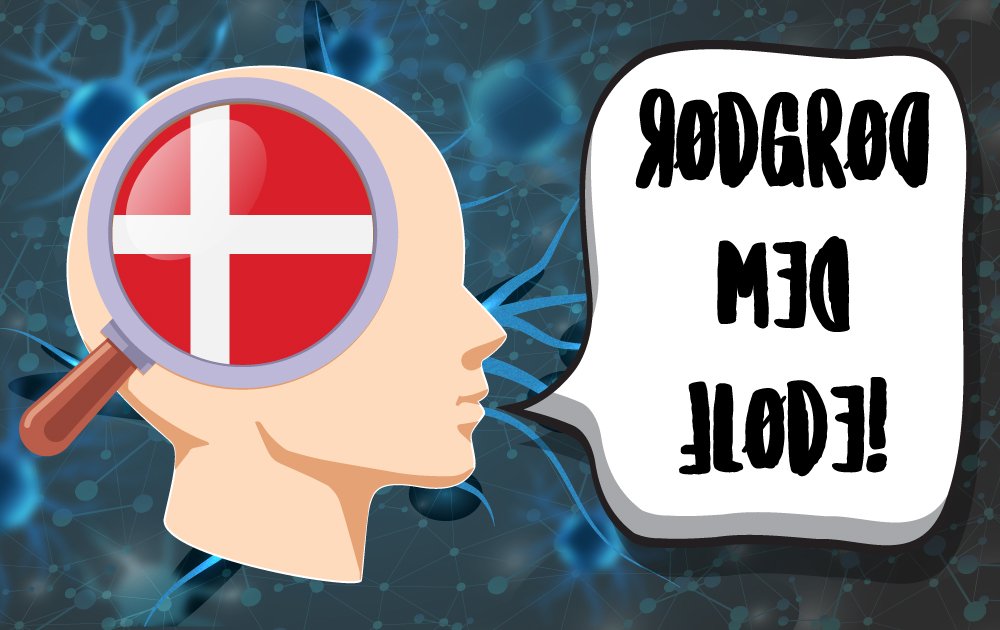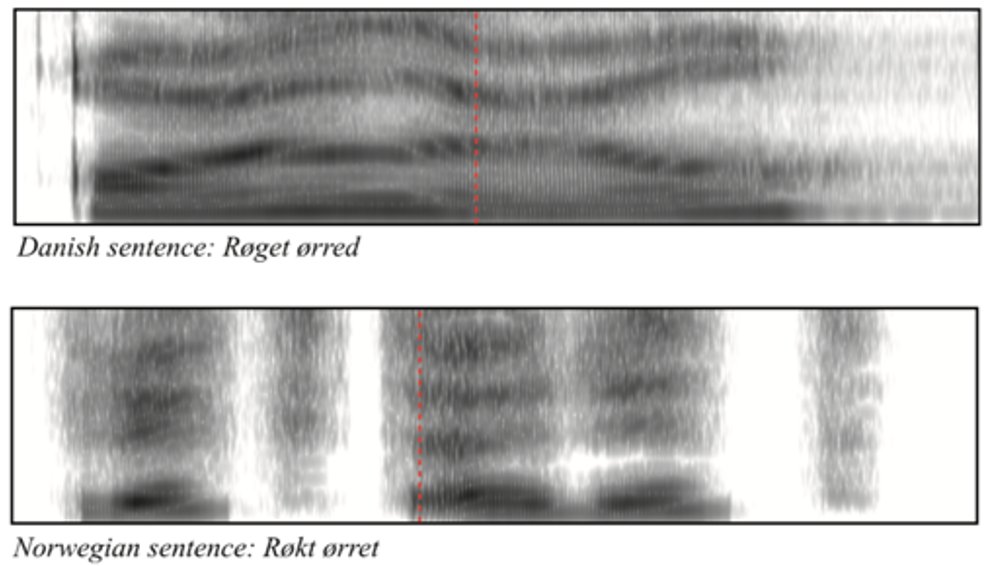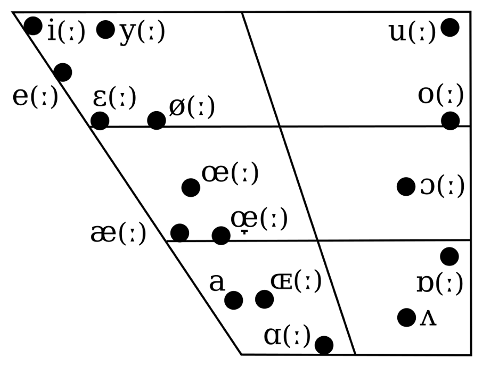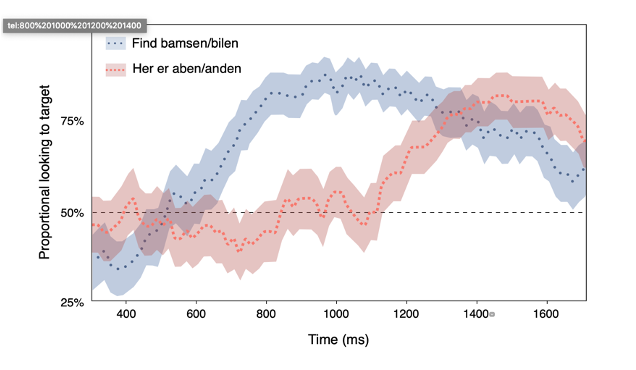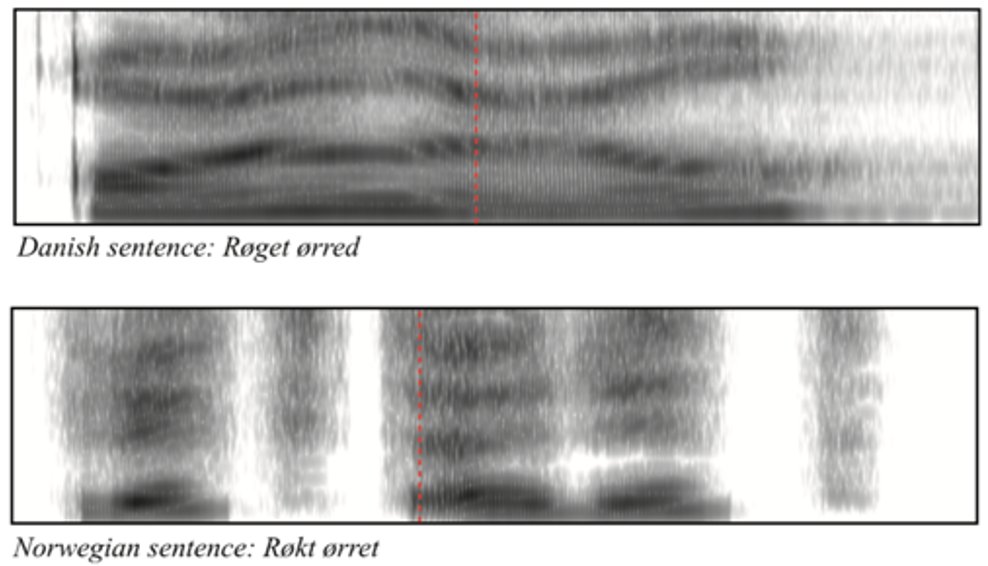The Puzzle of Danish: a thread on taking linguistic diversity seriously to highlight the flexibility of human cognition.
1/n
1/n
TLDR: Danish has an unusual speech opacity (consonant reduction). Danish native speakers rely more strongly on context and top-down inference. They also create more redundant speech and repeat each other more: a richer context for top-down speech processing. 2/n
The Puzzle of Danish is a project funded by the Danish council for independent research involving (besides me) @MH_Christiansen, @kristian_tylen, Dorthe Bleses, Anders Højen, Christer Johansson, @ChrisDideriksen, @fabio_trecca and @byureka . 3/n
We observe huge variations across languages e.g. in number of phonemes, word and sentence structures, prosody (review: https://www.cambridge.org/core/services/aop-cambridge-core/content/view/S0140525X0999094X)">https://www.cambridge.org/core/serv... 4/n
This is due to 1) a profusion of vowels: 16 full vowels and up to 40 phonemically distinctive vocalic sounds
2) the progressive reduction in pronunciation of consonants, which leads to many jokes especially from second language learners
This Danish peculiarities (aka the grey wall of Danish) makes it arguably harder to process than otherwise comparable languages such as Norwegian Bokmål and Swedish.
In particular our Danish Opacity Hypothesis (DOH!) argues that Danish could be relatively harder to segment in structures like utterances, words, morphemes and syllables, the basic bricks we need to learn and understand a language.
Previous literature has highlighted that Danish children do present delays in language acquisition:
At 15 months, Danish children possess a median vocabulary of 90 words, compared to 140 for Norwegian kids and 150 for Swedish ones ( https://pubmed.ncbi.nlm.nih.gov/18588717/ )">https://pubmed.ncbi.nlm.nih.gov/18588717/...
At 15 months, Danish children possess a median vocabulary of 90 words, compared to 140 for Norwegian kids and 150 for Swedish ones ( https://pubmed.ncbi.nlm.nih.gov/18588717/ )">https://pubmed.ncbi.nlm.nih.gov/18588717/...
Up to 8 years of age, Danish children have more difficulties with inflectional morphology, e.g. declining regular and irregular verbs in simple past (often characterised by a -de ending, largely reduced in pronunciation). ( https://doi.org/10.1080/01690965.2010.515107)">https://doi.org/10.1080/0...
These delays have been more directly associated to the phonetic reduction typical of Danish in clever studies by Fabio Trecca, showing that sentences with pronounced phonetic reduction lead to lower and slower referent identification and lower lexical learning.
https://journals.sagepub.com/doi/10.1177/0023830919893390">https://journals.sagepub.com/doi/10.11... & https://www.sciencedirect.com/science/article/abs/pii/S0022096517301388?via%3Dihub">https://www.sciencedirect.com/science/a...
However, adult native speakers of Danish do NOT seem to have issues with Danish (notwithstanding the opinion of Norwegians: https://www.youtube.com/watch?v=s-mOy8VUEBk)">https://www.youtube.com/watch...
We build on the Danish Opacity Hypothesis (DOH!) to further argue that this might be due to compensatory cognitive strategies: learning and understanding Danish does not simply take longer (or more exposure), it requires different cognitive strategies.
The speech signal does not get clearer as Danish native speakers grow up, so we hypothesized that they learn to put increased focus on additional sources of information (e.g. context)
This is where the Puzzle of Danish project comes in. We investigate in native Danish and Norwegian (Bokmål) speakers how much context matters in categorical perception ( @byureka), sentence processing ( @fabio_trecca ) and conversational interactions ( @ChrisDideriksen)
Context in categorical context has its own thread: https://twitter.com/fusaroli/status/1290975959106105349?s=20">https://twitter.com/fusaroli/... and you can find preprint, data and code at: https://psyarxiv.com/jpbtw/ ">https://psyarxiv.com/jpbtw/&qu...
The conclusion is that Danish native speakers are equally affected by near and distant sentential context in their disambiguation of words and phonemes, while Norwegians just won& #39;t wait for distant contexts and will make their decisions earlier.
Forcing them to wait makes them more similar to Danish native speakers (Make Norwegians Danes Again!)

 Read on Twitter
Read on Twitter